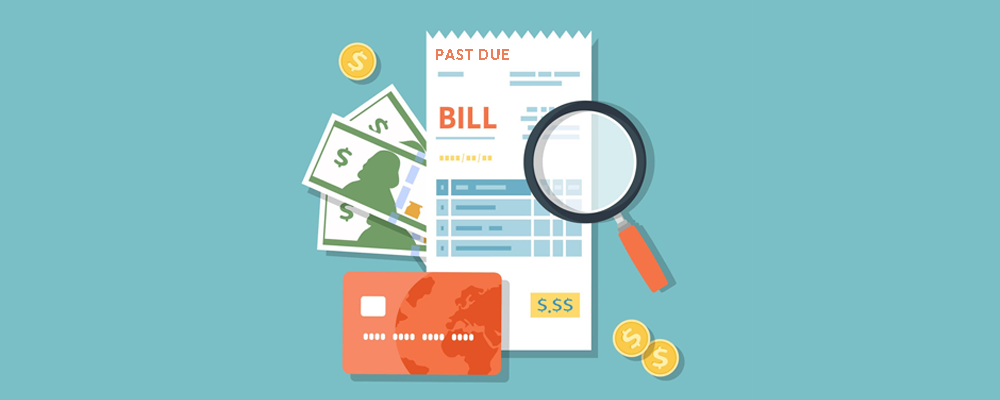Every business wants to avoid bad debt. When retailers and distributors can't pay their bills on time, it hurts their ability to generate sales, which ultimately impacts the supplier’s ability to reinvest in their own business. It's a no-win situation for everyone involved, but especially for manufacturers. But what if there was a way to maintain a healthy business relationship with clients without sacrificing production?
Enter the unlikely hero: the credit card. It may not be the first approach that comes to mind, but accepting credit card payments can be a solution to help resolve bad debt. Faster payments, ease of client purchases, and improved cash flow are some of the very real benefits suppliers can reap from going in this direction.
What Is Bad Debt?
Put simply, bad debt is an expense that is unlikely to be paid by the borrower and which the creditor is not willing to take action to collect from the borrower.
Considering an Alternate Approach
Most suppliers or manufacturers give their clients a 30-day window to pay their bills. A paper invoice is sent through the mail, and clients usually remit payment in the form of a paper check. Once received, the onerous task of processing the payment and waiting for it to clear before the funds are deposited.
In an ideal world, the scenario just described would take a few days. In the real world, the process isn’t so seamless—payments get delayed and drive up costs to suppliers.
In July 2020, a PYMNTS report found that as many as 30 percent of small to medium sized businesses (SMBs) that are struggling to maintain cash flows say their troubles are solely the result of the COVID-19 pandemic.
Offering clients the opportunity to pay with a credit card is advantageous for all parties involved. It allows retailers and distributors to maintain their creditworthiness and buying power. By accepting credit card payments, suppliers can offer buyers the option to pay before shipment rather than cutting them off entirely because they haven't paid or because a check hasn’t been received.
For suppliers and manufacturers, credit card payments provide faster access to cash that can be reinvested into the production of goods and services. It's also another avenue to building better client relationships because the purchasing process becomes simplified and streamlined.
Businesses are discovering that the cost of accepting credit cards is not as high as they thought. Many retail and wholesale businesses use credit cards such as purchasing cards, corporate cards, or business cards to pay for goods and services.
When these types of cards are used for business to business (B2B) and business to government (B2G) transactions, they usually qualify for much lower processing rates (known as Level II and Level III), which can provide significant savings on those costs. Learn more about how to reduce B2B transaction interchange costs on Level III processing payments.
Taking It a Step Further
Accepting credit card payments is the first step in managing bad debt and making it easier for clients to buy goods and services. The next step is to modernize the way clients pay by giving them more options, like the ability to self-pay on a website using any device.
By accepting digital payments, suppliers are better able to shorten the time from order to payment. The shorter the time, the less likely it will be that buyers will encounter insurmountable challenges that weren’t there before they placed the order.
When the payment process is simplified, buyers are more inclined to pay on time. In a study conducted by Mastercard, 52 percent of B2B businesses prefer to use a card or electronic payment options to make a purchase over other methods, with 68 percent using credit cards for business expenses.
Ultimately, suppliers and manufacturers who make the move to reimagine the way they accept, pay, and manage their money better position their businesses to adapt and pivot during unprecedented events—helping them to thrive instead of just survive.
Interested in bringing your payments into the digital age?
Find out how you can create a seamless payment experience with MerchantE’s Hosted Payments.




